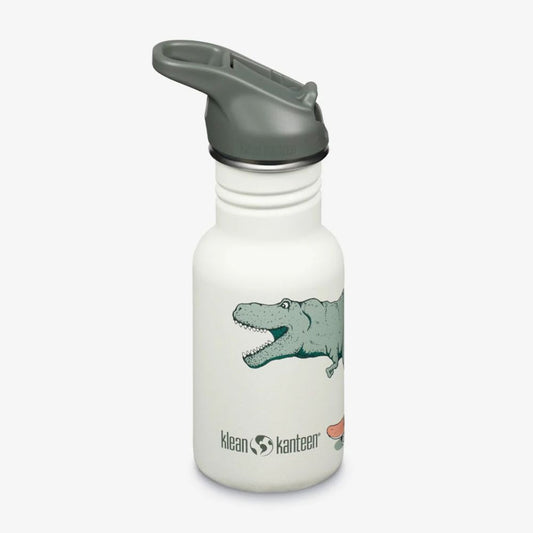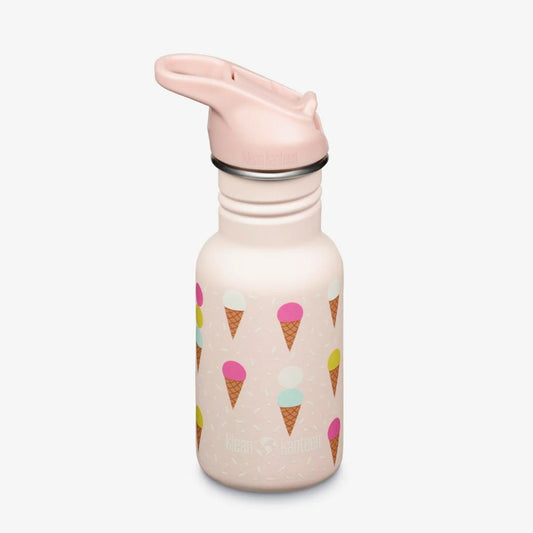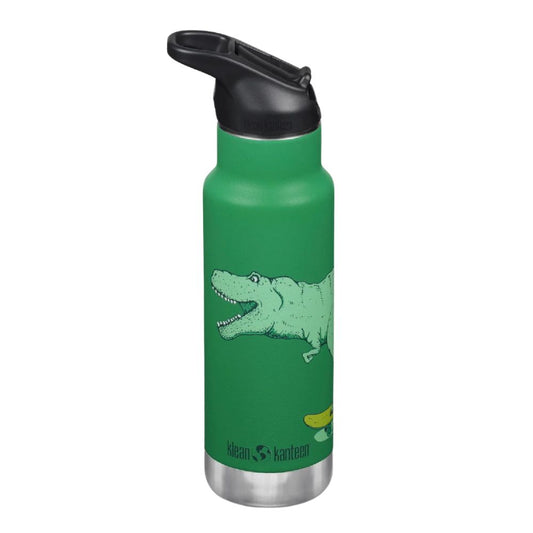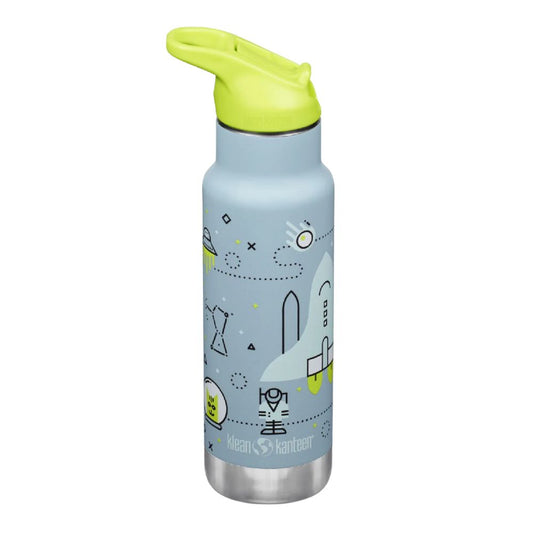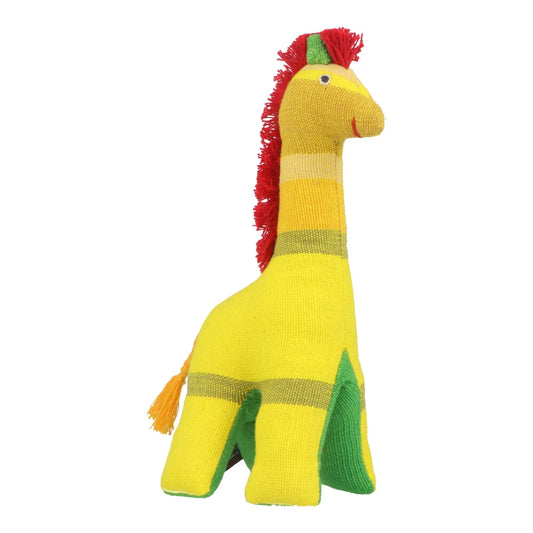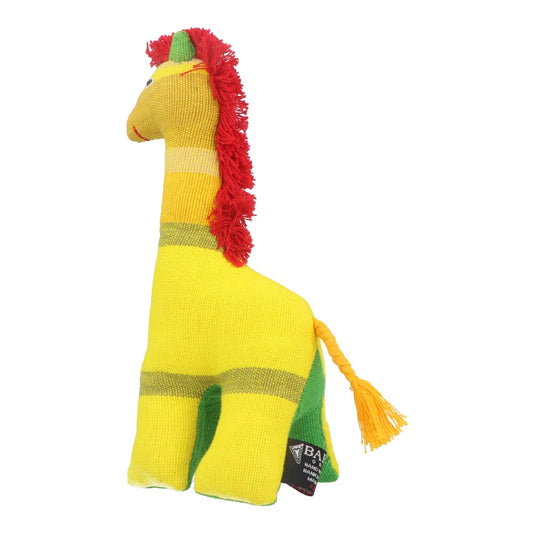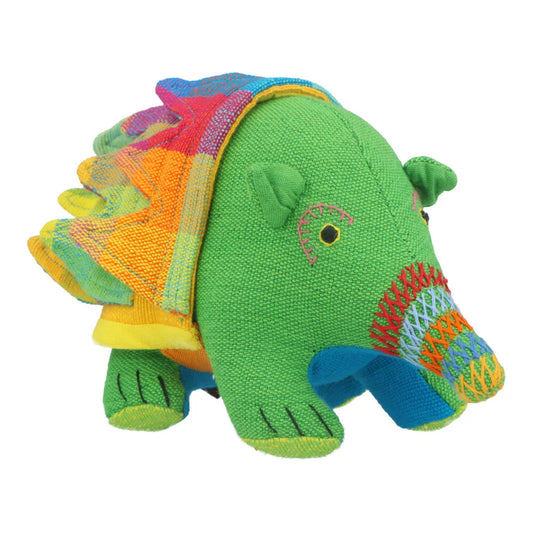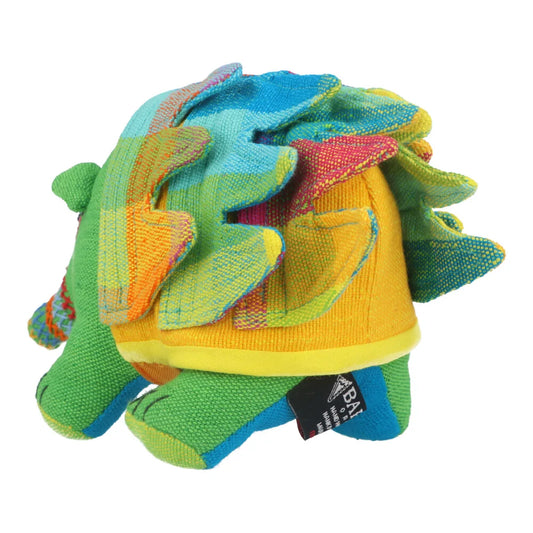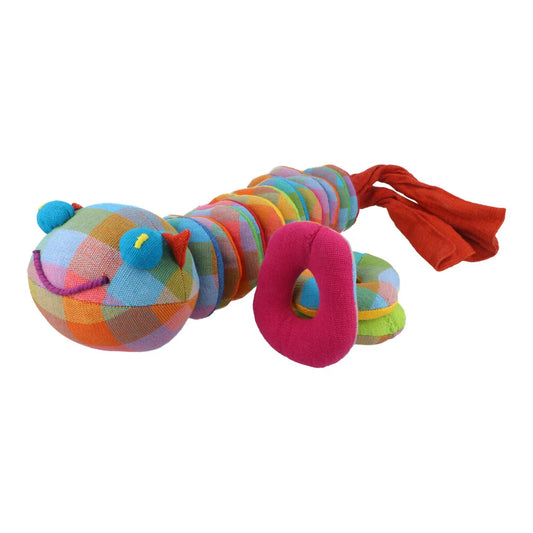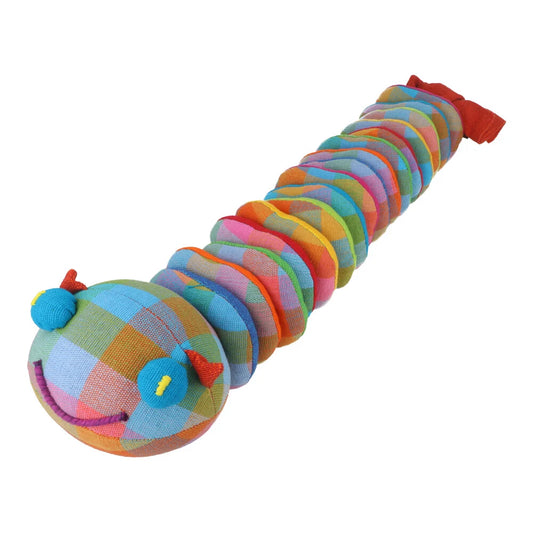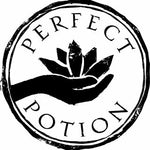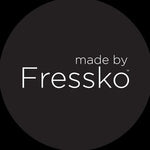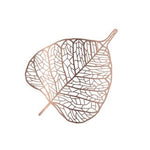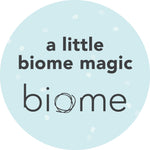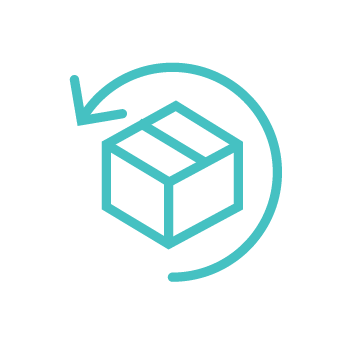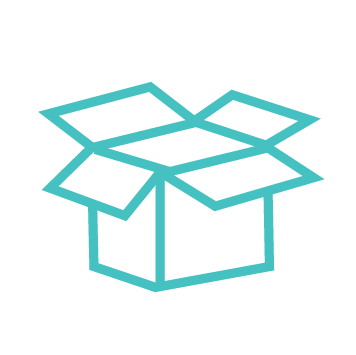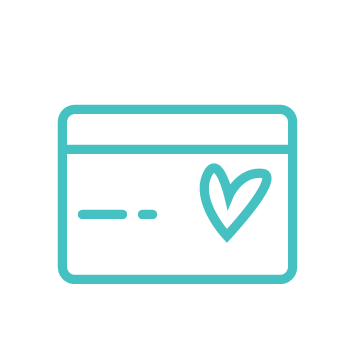
Plastic is everywhere. It is used to make packaging, containers, bottles, bags, toys, single use items such as straws, cutlery and coffee cups, and many other products that we use every day. But what happens to plastic after we use it? Most of us think that we are doing the right thing by sending our plastic waste to “be recycled”. But recycling is not as simple as it sounds. Recycling is a market, and it depends on the demand and supply of recycled materials. If there is no market for recycled plastic, then the plastic will never be recycled, and will end up in stockpiles, landfills, incinerators, or the environment.
This is the problem that Australia is facing right now. According to the Australian Plastic Flows and Fates Study 2020-21 National Report, Australia generated 2.5 million tonnes of plastic waste in 2020-21:
- only 14% of it was recovered, with 12.6% of that being recycled and 1.4% sent to energy recovery
- 56% was sent to landfill
- 24% was exported*
- 4% lost to the environment
Recovery rates vary widely depending on the type of plastic. Some plastics, such as HDPE and PET bottles, have relatively high recovery rates due to their established collection and recycling systems and markets. Other plastics, such as LDPE film, PP rigid packaging, PS rigid packaging, and PVC rigid packaging, have very low recovery rates due to their low value, contamination issues, lack of collection infrastructure, and limited end markets.
We need products to be manufactured in Australia using recycled plastics
Without downstream uses, there is no incentive for recyclers to collect and process plastic waste. This leads to situations like the collapse of REDcycle, Australia’s largest soft plastic recycling program, which was suspended in November 2022 after it was revealed that soft plastic items collected at Woolworths and Coles had been stockpiled for months in warehouses and not recycled. REDcycle’s founder Liz Kasell said that she always thought that the stockpiled plastic would eventually be recycled, but there was not enough demand for the material from downstream users.

The collapse of REDcycle highlighted the importance of having reliable and scalable processing and recycling facilities for materials like soft plastics. The Australian government has recognised this challenge and has set ambitious targets, such as recycling or composting 70% of plastic packaging by 2025, and ending plastic pollution by 2040. To achieve these goals, the government has invested $250 million in the Recycling Modernisation Fund, which aims to support new technology and infrastructure to allow hard-to-recycle plastics to be fully re-manufactured in Australia.
But, government funding alone is not enough. We also need more innovation and collaboration from industry and consumers to create more downstream uses for recycled plastic.
There are already some examples of successful products that are made from 100% recycled plastic right here in Australia, such as:
Household products
- Put A Lid On It - serving bowls and serving utensils made from recycled plastic straws, cutlery and milk bottles
- Willy & Bear car cup holder expander - made in Brisbane from recycled plastic
- Transmutation - bowls made from post consumer polystyrene and styrofoam
- WAW body surfing hand planes
Handmade creations
There are countless small producers making jewellery, key rings and other small things from melted down plastics, such as Singleuse Multiverse.
Commercial products
- Replas, a company that makes outdoor furniture, bollards, decking, fencing, and signage from recycled plastic.
- Green Distillation Technologies, a company that converts waste tyres into carbon black, oil, and steel using a unique thermal process.
- Plastic Forests, a company that makes garden edging, underground cable covers, root barrier, and damp course from recycled soft plastics.
- PolyWaste, a company that makes polyethylene pipes from recycled agricultural plastics.
These are just some of the examples of how recycled plastic can be turned into valuable products that can create jobs, reduce waste, and protect the environment. But we need more of them. We need more innovation and creativity to find new ways to use recycled plastic. We need more collaboration and communication to create a circular economy where plastic is reduced, reused, or recycled. And we need more awareness and education to inform consumers about the benefits and challenges of recycling plastic.
Recycling is not a magic solution. It is not enough to just send our plastic waste to “be recycled”. We need to make sure that there are enough downstream uses for recycled plastic in Australia. Otherwise, we will continue to face the problem of plastic pollution that threatens our health, wildlife, and climate.
RESOURCES
Feature image from https://www.maribyrnong.vic.gov.au/Residents/Bins-and-recycling/Recycling-Services-Continue
Soft plastics stockpile image https://www.abc.net.au/news/2023-07-25/redcycle-soft-plastic-australia-supermarket-stockpiles-recycle/102635180
*Export of plastics - The report also shows that the export of plastic waste from Australia has declined significantly since 2018-19, when it peaked at 414,000 tonnes. In 2020-21, only 159,400 tonnes of plastic waste were exported, mainly to Malaysia, Indonesia, and Vietnam. This is due to the restrictions imposed by many Asian countries on the import of plastic waste, as well as the Australian government’s ban on the export of unprocessed plastic waste from July 2021.
The report also provides a breakdown of the plastic waste generation and recovery by polymer type and application. The table below summarises some of the key findings:
| Polymer type | Application | Waste generation (tonnes) | Recovery rate (%) |
|---|---|---|---|
| LDPE | Film | 455,000 | 7.9 |
| HDPE | Bottles | 153,000 | 36.6 |
| PET | Bottles | 146,000 | 29.5 |
| PP | Rigid packaging | 140,000 | 8.6 |
| PS | Rigid packaging | 68,000 | 2.9 |
| PVC | Rigid packaging | 63,000 | 2.4 |










